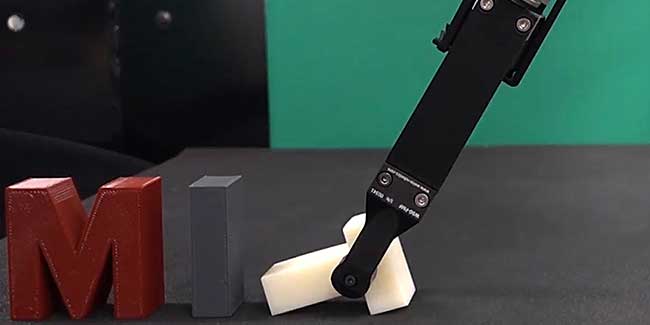MIT Gives Robots a Faster Grip
 For humans picking up stuff is pretty easy. Not so for robots, despite all their electronic wizardry.
For humans picking up stuff is pretty easy. Not so for robots, despite all their electronic wizardry.
However, scientists at MIT have developed a new way that helps robots get a grip much faster.
Computationally, sorting through a pile of objects and grasping one is particularly taxing for a robot, involving many calculations. But MIT has developed a process that reduces the total time a robot takes to plan grasping an object, from as much as ten minutes or more to less than a second. That brings it much closer to the speeds of human reaction and response times.
Tedious
Existing algorithms can take hours to preplan a sequence of motions for a robot gripper including whether the movement satisfies physical laws such as Newton’s law of motion.
“It’s a tedious computational process to integrate all those laws, to consider all possible motions the robot can do, and to choose a useful one among those,” said Alberto Rodriguez, associate professor of mechanical engineering at MIT.
“The new method involves a robot pushing an object toward an immovable surface to help it grasp an object which short cuts a lot of decision-making processes.”
Practical Benefits
According to MIT, this could have a number of practical benefits where robots are already in use, such as industrial settings. For example, in picking and sorting applications.
The team's next steps are to extend its approach to help a robot gripper handle different types of tools.
To read more about the team’s work click here.
Their work is also published in The International Journal of Robotics Research.
Add your Comment
[LOGIN FIRST] if you're already a member.fields are required.
